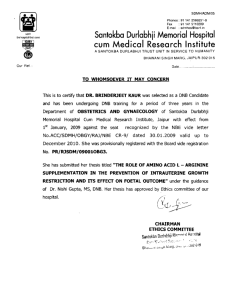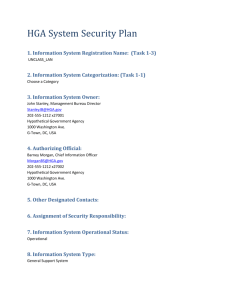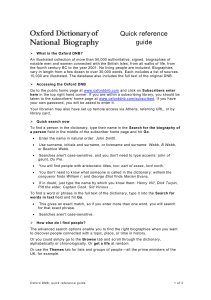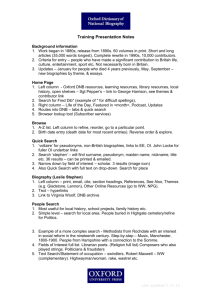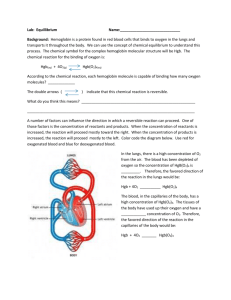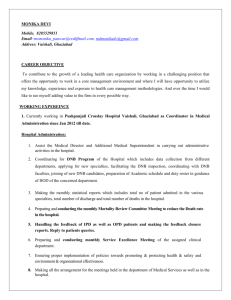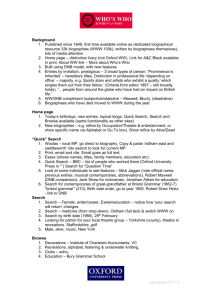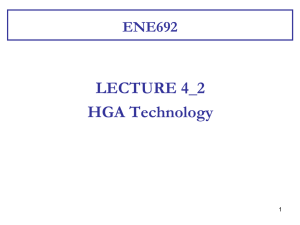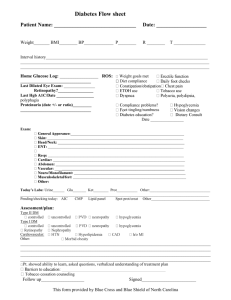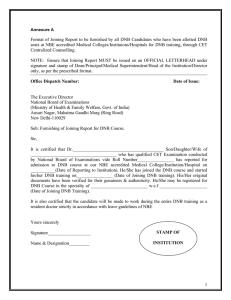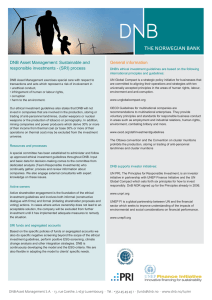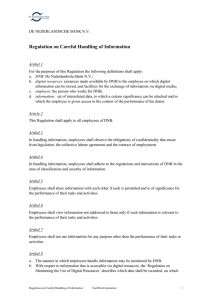20140701_DNB_CrossTalk_Miller
advertisement
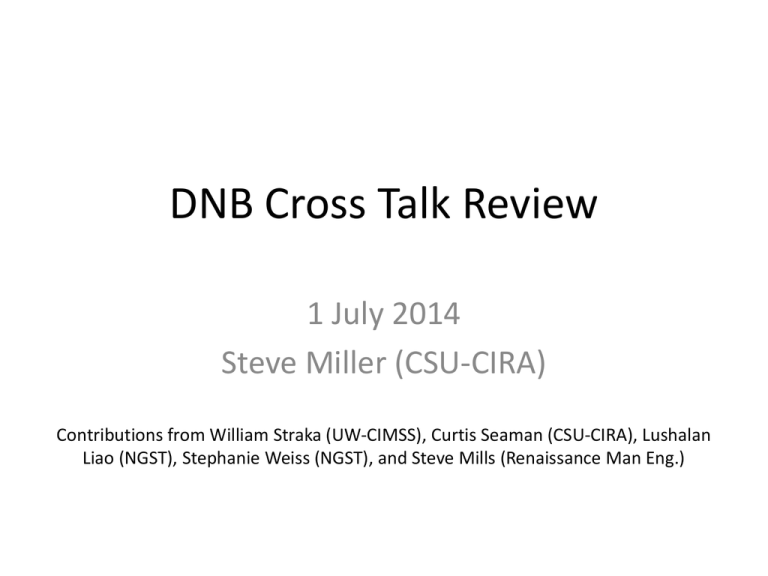
DNB Cross Talk Review 1 July 2014 Steve Miller (CSU-CIRA) Contributions from William Straka (UW-CIMSS), Curtis Seaman (CSU-CIRA), Lushalan Liao (NGST), Stephanie Weiss (NGST), and Steve Mills (Renaissance Man Eng.) Overview • • • • • Raytheon FP13 lab tests suggest cross talk may exist between certain detectors & aggregation modes in the High Gain Stage. Out of specification by up to factor of 3, depending on certain pixel/aggregation mode combinations. Would manifest as possible spurious signal in detectors 1 and 16 (i.e., first and last scan lines of a 16 scan line bundle). In the product paradigm, the cross talk is from detector 9 into 16, and from 8 into 1 (this is flipped from Raytheon charts which are shown in ‘sensor order’.) Options to correct non-compliance: – Accept waiver for use-as-is. • No cost impact, no delivery schedule impact – Change require to encompass existing performance as measured for F1 VIIRS NPP and JPSS J1 (requires a corresponding verification documentaion change to TPs, RVP, RVSS, etc.) • “Very low” cost impact for req. and verif. document changes, no delivery schedule impact – Redesign DNB Timing Card (FPGA timing) • • • “Low” cost impact, no impact on instrument delivery schedule 3rd option (timing card) ostensibly benign, but “low cost” is relative and there may be other risks and unanticipated impacts to a redesign Need to establish that the issue is significant enough to warrant Option 3 This document does not constitute an official guidance/recommendation on the waiver request—simply supporting information FP-13 Testing • Cross talk into HGB side in response to HGA side illumination • Recipient detectors 1 and 16 (off-diagonal) are the main offenders, although some adjacent detector cross talk is prevalent in HGB (broadening of the diagonal) • No cross talk of note in the mid and low gain stages—this is a HG issue EFR3461 Investigation DNB Module Level using J1 FPA at operating temperature (simulating operation conditions) • Note that the cross talk into detectors 1 and 16 are most prominent at Agg Mode 1 (nadir) and nearly negligible at Agg Mode 32 (edge of scan). • Timing must be more precise at lower aggregation modes, when more sub-detectors are being combined. • Note the significant performance differences between HGA and HGB…nominally the two should be identical • HGA and HGB are typically averaged to produce HGS in operations November 2012 HGSdn = 0.5(HGA+HGB) Possible sign of spurious cross talk in detectors 1, 16 (Note: instantaneous values may be much higher) Courtesy, L. Liao (NGST) • Statistics suggest that the effects of the cross talk do exist in the data • Difficult to find (uncommon) but may be significant when they do appear. 7 May 2014 2129 UTC Persian Gulf Gas Flares Possible Cross Talk • Occasional spurious signals in the presence of strong gas flares. • Adjacent darkening in adjacent lines of same scan angle—sign of possible cross talk. • Not seen in cities. Sometimes seen in fires… Provisional Summary • Operational data show indications of the cross talk problem. • Difficult to identify in DNB imagery. Extreme cases of isolated gas flares may provide examples of worst-case scenarios. • Effects not discerned over most anthropogenic light sources (cities, ships, etc.) • We continue to search for examples, including possible HGA and HGB exclusive imagery collected during VROP 702 (pending). • An Option 3 fix to the DNB timing card may introduce unanticipated risks. • There exist other issues (stray light leakage) which may present more pressing issues in terms of DNB performance.
